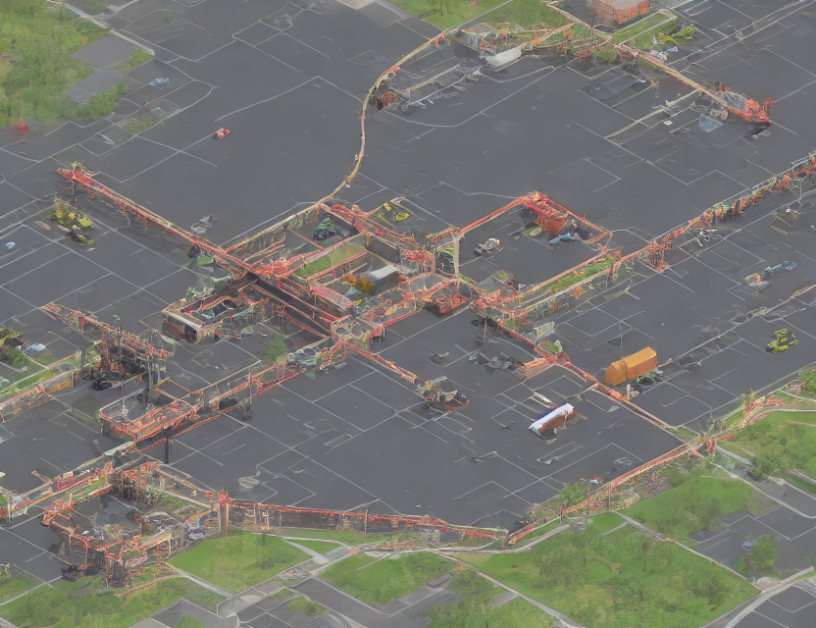In this article, we present a new algorithm that helps manufacturing systems minimize their temporal costs when producing goods. Temporal costs are the expenses incurred while a system is producing something, like the time it takes to make a part or the energy used in the process. The algorithm is designed to work with adjustable production rates, which means that the system can change how fast it produces goods based on its current needs and resources.
To understand how the algorithm works, let’s think of a graph that represents the different parts of the manufacturing system and how they are connected. The algorithm starts by looking at the entire graph and finding all the possible ways to produce the goods while minimizing temporal costs. It then narrows down these possibilities by selecting only the ones that can be completed within a certain time frame, like a day or a week.
Next, the algorithm looks at each possible path and identifies any dependencies between different parts of the process. Dependencies happen when one part of the system cannot start until another part is finished. The algorithm then creates a plan that takes into account these dependencies and minimizes the temporal costs.
The final step of the algorithm is to check if the plan can be completed within the desired time frame. If it can’t, the algorithm adjusts the production rates to make sure everything can be done on time.
The result of this process is a plan that helps the manufacturing system minimize its temporal costs while still producing all the goods it needs. The algorithm takes into account the complex relationships between different parts of the system and finds the most efficient way to produce them, making it a valuable tool for managing these systems.
Optimizing Dependencies in AGV Navigation using MILP



